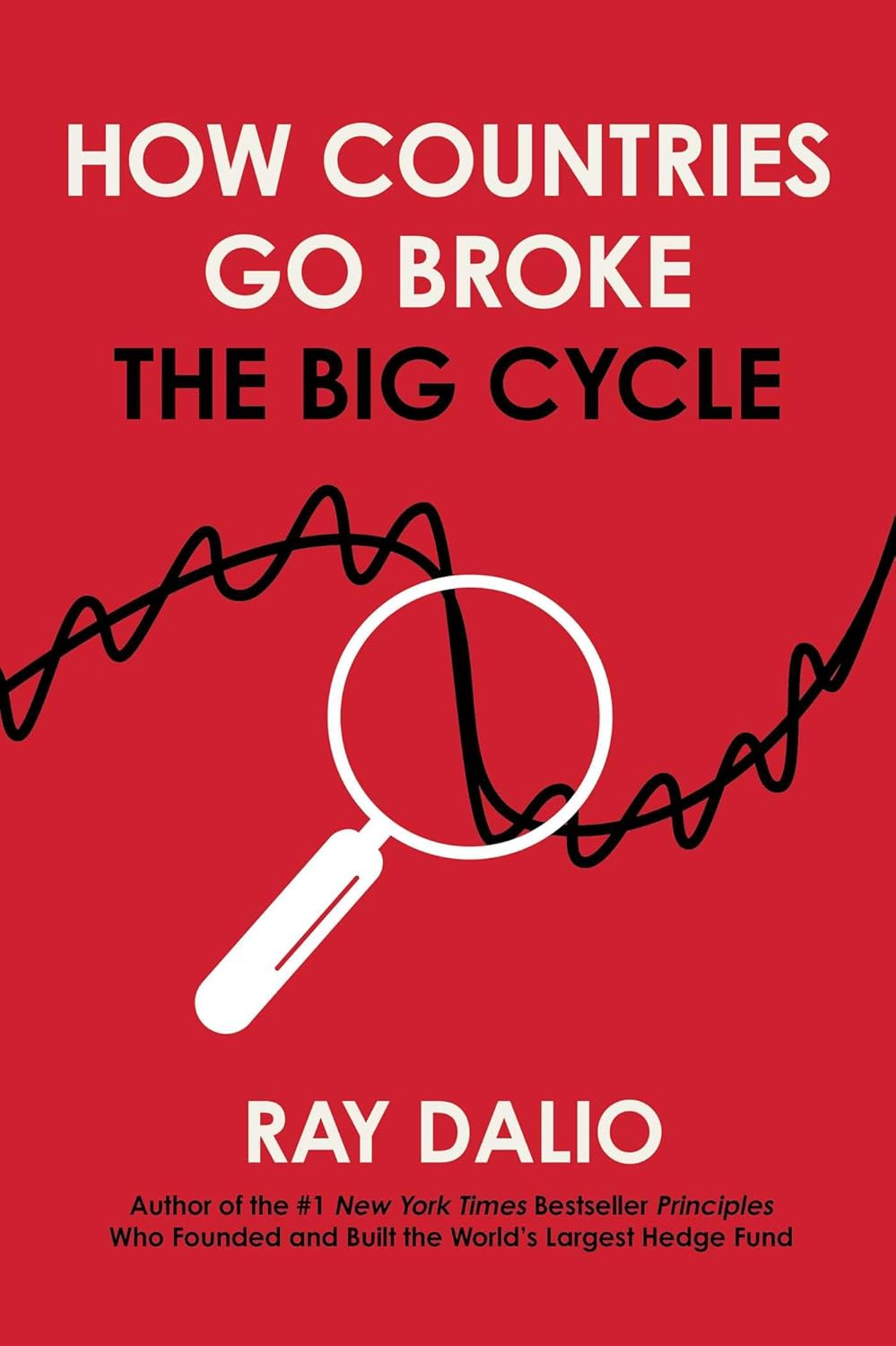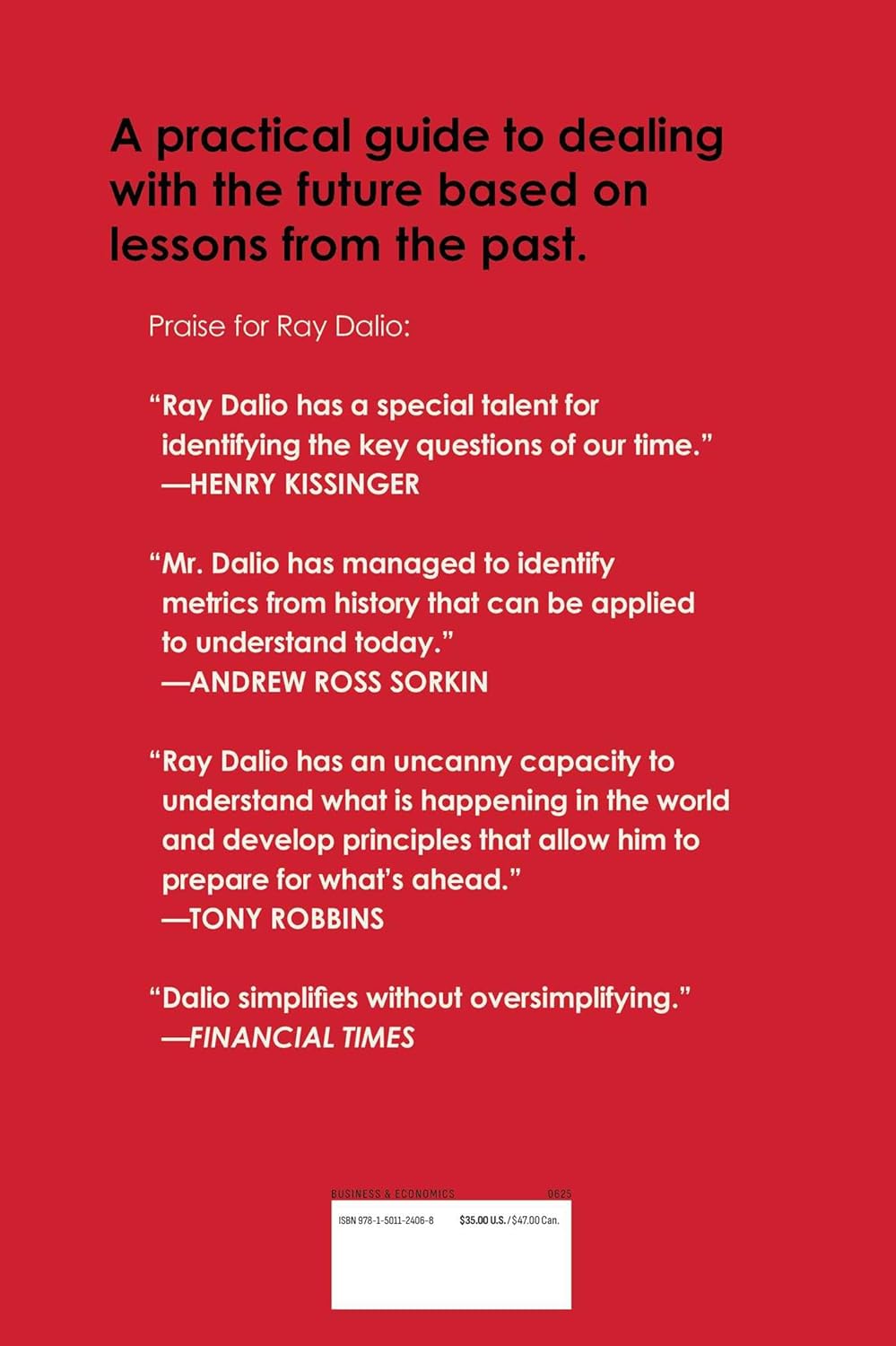How Countries Go Broke: A Review
As a passionate reader fascinated by economics, I was immediately drawn to Ray Dalio’s How Countries Go Broke. Having followed Dalio’s insights as someone who foresaw significant financial crises, I was curious to see how he would tackle the complex and pressing issue of national debt, particularly in the context of our current economic climate.
This book serves as an urgent warning about the American economy and, more broadly, the global financial landscape. Dalio delves into critical questions: Do large government debts threaten our well-being? Can the U.S., as a major reserve currency nation, actually go broke? With 400 pages packed with information, I was eager to see how he would tackle these intricate topics.
While reading, I was impressed by Dalio’s ability to make complex concepts accessible. For instance, Andy Politz, a reader who describes himself as having little understanding of economics, noted that he found Dalio’s explanations engaging and readable. I echoed this sentiment—Dalio uses emboldened ‘cliff notes’ throughout the text to summarize key points which made it easier to grasp complicated ideas. This feature is particularly beneficial for readers who may be intimidated by economic jargon.
On the other hand, some reviewers expressed that the book felt a bit dense at times. For instance, while I appreciated the depth of information Dalio provided, I could see how some readers might feel overwhelmed by the amount of detail. It demands a certain level of commitment; Andy Politz mentioned needing to take notes to fully absorb the material, and I found myself doing the same at times.
Another significant positive aspect of this book is its timeliness. With the U.S. currently facing escalating debt levels, readers like Eliezer have noted that Dalio offers a "beautiful template" for navigating debt crises. I found his model of the “Big Debt Cycle” particularly enlightening, as it gives a historical lens through which we can understand current events—something that can empower not just policymakers and investors, but also everyday citizens.
Yet, despite its many strengths, I did feel that the solutions presented were somewhat idealistic. Dalio offers straightforward methods to address debt issues, which sometimes felt overly simplistic given the complexities of global politics and economics. While I agree with the need for solutions outlined in the book, I worry that they may not fully capture the messy realities involved in actual implementation.
Additionally, Sören Jonsson highlighted that the information provided can have broad implications both economically and politically. I can certainly see how the insights in this book apply to various aspects of governance and global relations, but this also adds an extra layer of complexity that might cause confusion for some readers. It encourages critical thinking and discussions beyond mere economic data, but that could feel daunting to those who just want to understand the basics of national debt.
In conclusion, How Countries Go Broke is a compelling read that delves into the urgent issues surrounding national debt. It is insightful and engaging, though it requires some diligence to fully appreciate. I would rate it 4 out of 5 stars for its accessible breakdown of complex topics, the urgent relevance of its subject matter, and the wealth of information shared.
Whether you are a casual reader or someone invested in economic theory, this book is undoubtedly a valuable addition to the conversation about the sustainability of modern economies. If you’re willing to invest the time to unpack its layers, Dalio’s insights will leave you better informed about the fiscal challenges we face today.








